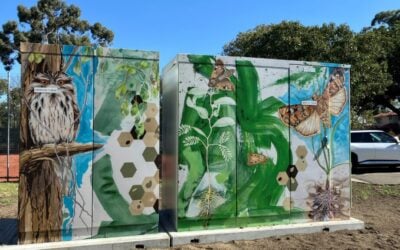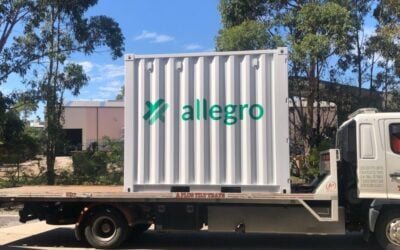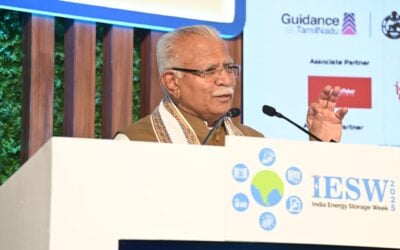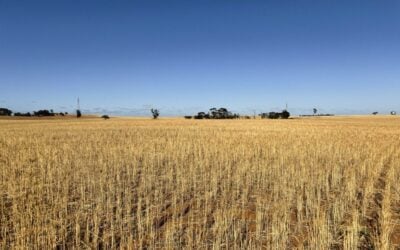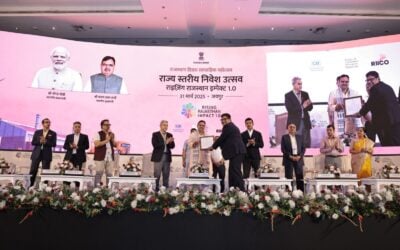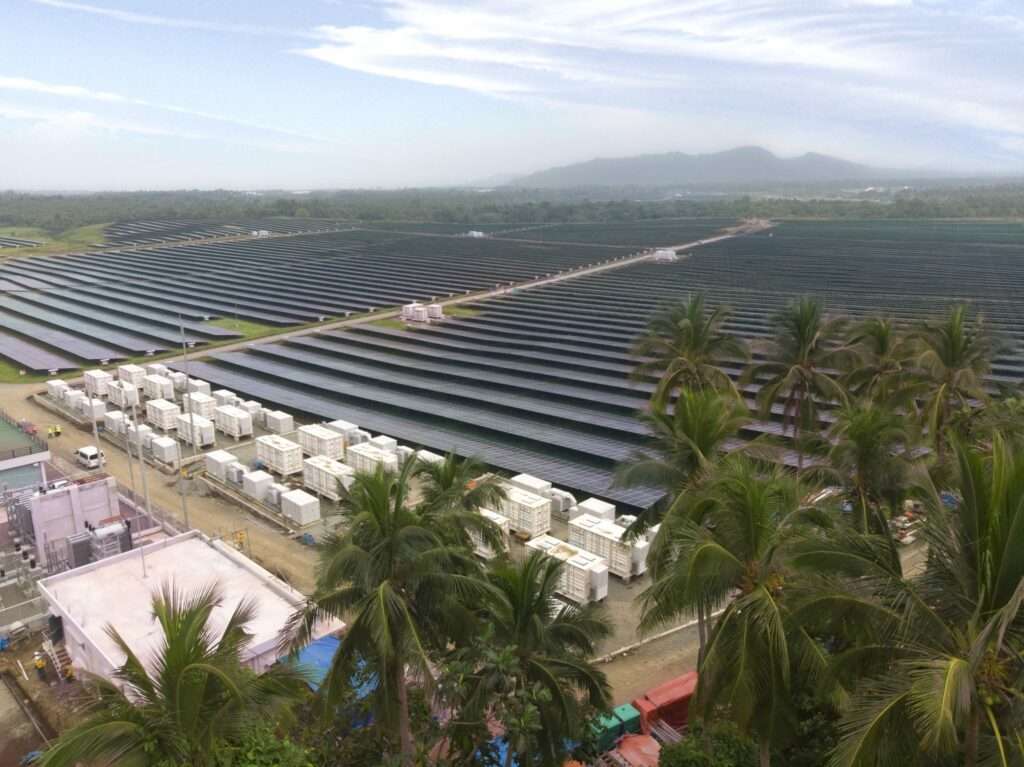
The Department of Energy (DOE) of the Philippines government has confirmed that a tender for renewable energy projects with integrated energy storage will launch this year.
According to an announcement from the department yesterday, the fourth round of the DOE’s Green Energy Auction (GEA-4) will be conducted in the fourth quarter of 2024.
Enjoy 12 months of exclusive analysis
- Regular insight and analysis of the industry’s biggest developments
- In-depth interviews with the industry’s leading figures
- Annual digital subscription to the PV Tech Power journal
- Discounts on Solar Media’s portfolio of events, in-person and virtual
It confirmed what Department of Energy assistant secretary Mario C. Marasigan had said earlier this month in a keynote speech at the Energy Storage Summit Asia 2024, hosted by our publisher Solar Media in Singapore.
Assistant Secretary Marasigan had noted the significant role energy storage must play in the Philippines energy sector, “in our goal towards a sustainable and resilient energy future.”
Under the Philippines Energy Plan 2023-2050, the country is targeting a 35% share of electricity from renewable sources by 2030 and 50% by 2040, continuing to increase steadily after that point.
GEA-4 will be open to Integrated Renewable Energy and Energy Storage System (IRESS) project bids. In response to increasing variable renewable energy (VRE) generation in the nation’s mix, the DOE is also “exploring” liquid natural gas (LNG) technologies, it said.
Two rounds of GEAs held to date have awarded 5,306MW of renewable energy capacity to go into operation between 2024 and 2026.
A third round will be held shortly ahead of GEA-4’s launch. It will be specifically open to renewable technologies not eligible for feed-in tariffs (FiTs), such as run-of-river hydroelectric, geothermal, and pumped hydro energy storage (PHES), with around 4GW to be tendered for.
While the Philippines has been an early leader in the deployment of battery storage among Southeast Asian countries, this has been driven by the country’s handful of major power producers seeking to improve the efficiency of their generation fleets.
That has meant a limited investment landscape for energy storage to directly integrate renewable energy, which the DOE is now seeking to readdress.
The department’s announcement yesterday inferred that the new GEA-4 competitive solicitation could be open to renewables paired with a range of storage technologies giving the examples of batteries, flywheels and PHES.
The DOE is currently studying “the design and economic viability” of integrated renewable energy and energy storage resources, it said.
At the Energy Storage Summit Asia, DOE assistant secretary Marasigan said regulators would treat energy storage systems paired with renewables awarded in the auction as a component of the complete integrated resource rather than as a separate asset.
This means they would not lose priority “must-run” dispatch status, Marasigan said.

